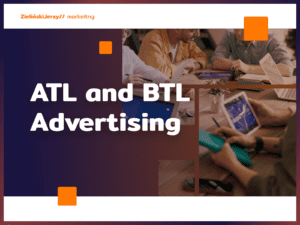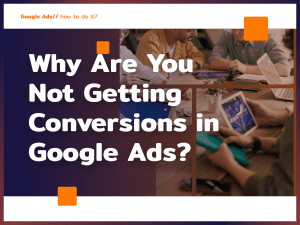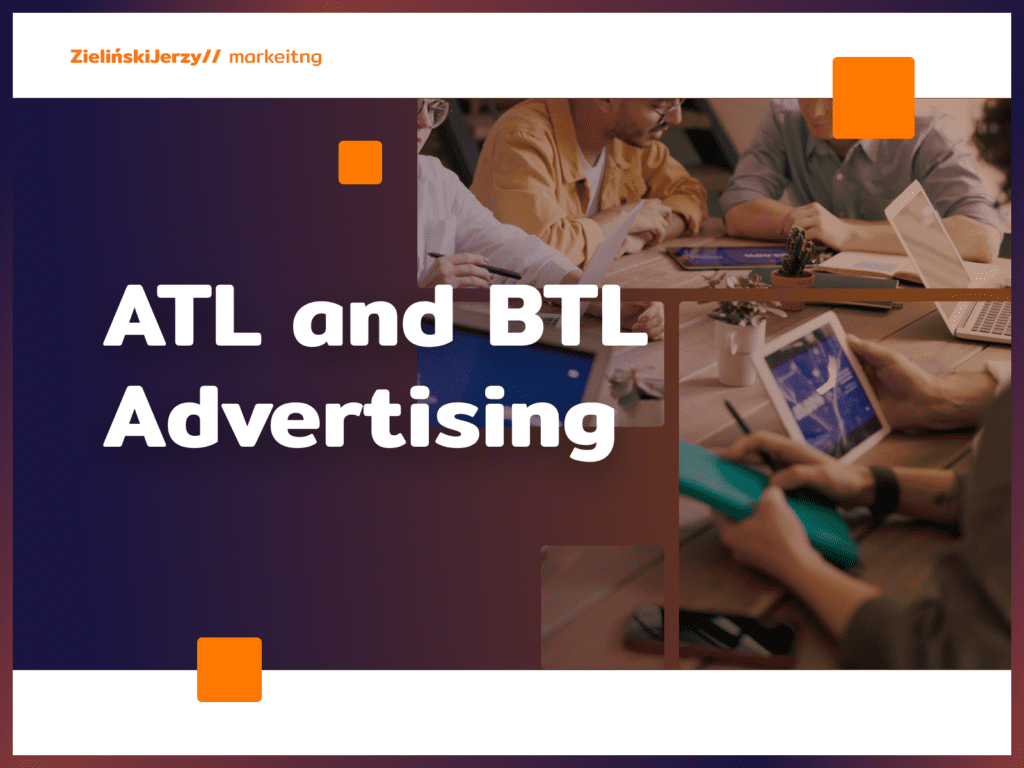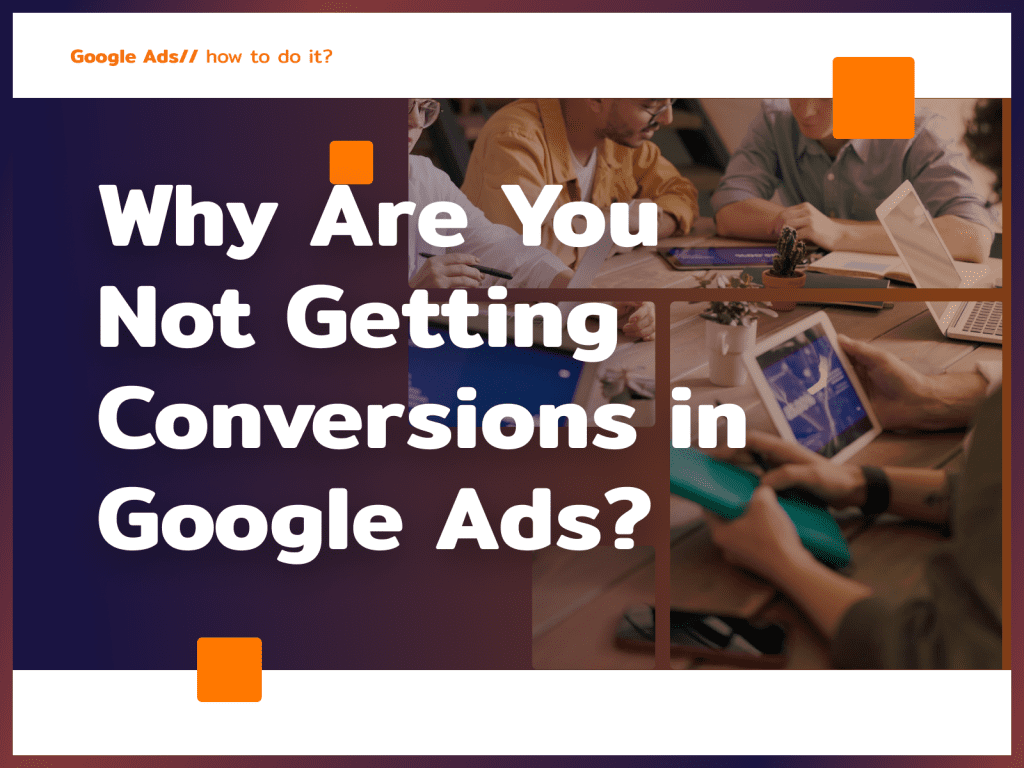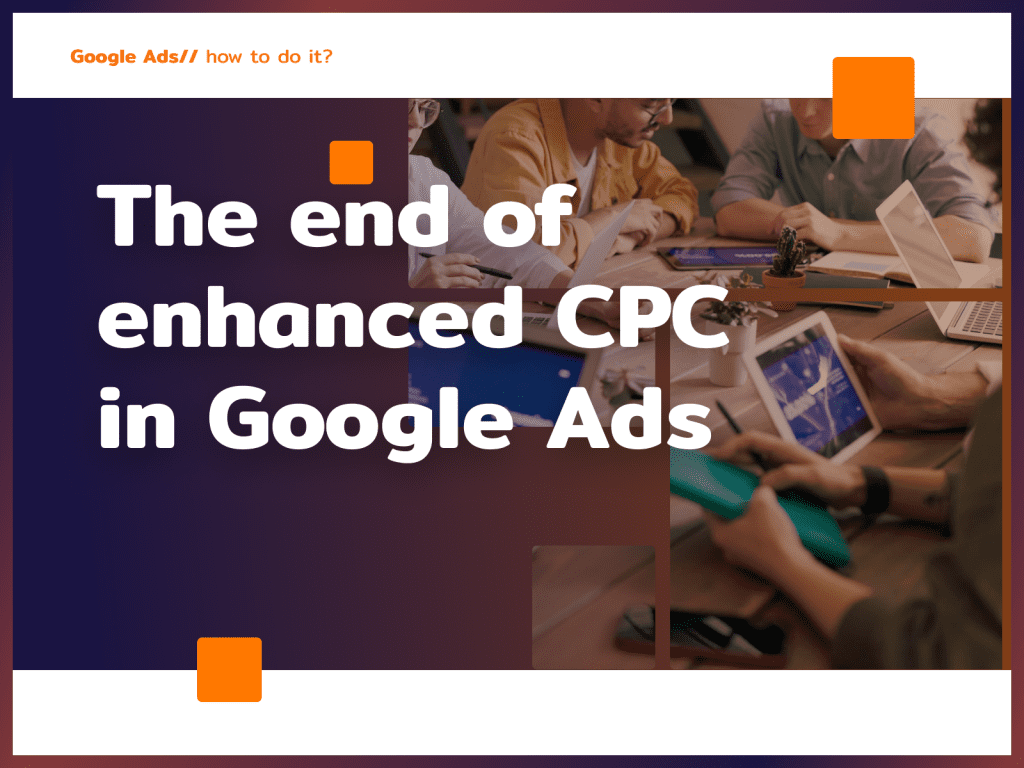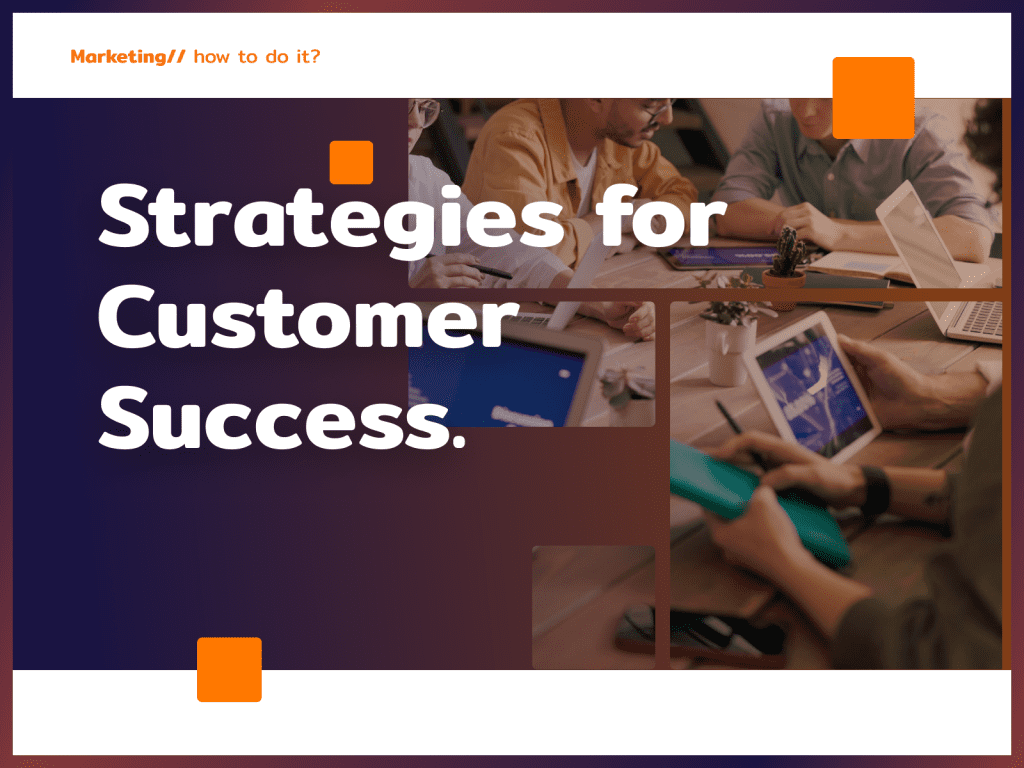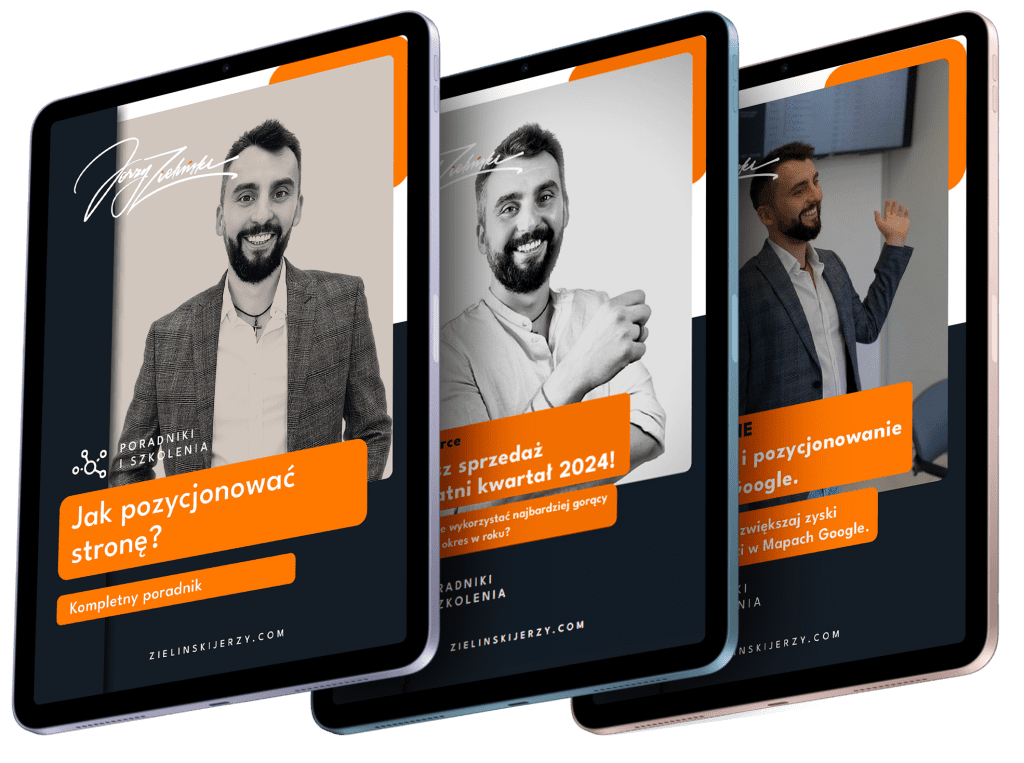Pop-ups, also known as pop-ups, are a popular tool used on websites to grab users’ attention and entice them to take a desired action. Whether it’s signing up for a newsletter, taking advantage of a promotion or providing contact information, pop-ups have the potential to increase conversions and generate valuable leads. However, it is crucial to use them in an appropriate and balanced way so as not to disturb users and to provide them with a positive experience on the site.
Pop up window what is it?
A pop-up is a form of advertisement or message that appears on a website in a separate window, often overlapping the content of the main page. Pop-ups are used to attract users’ attention, convey relevant information or promote products or services.
A distinctive feature of pop-ups is that they are automatically triggered after a specific event, such as entering the site, leaving the site, passing a specific point on the page, or after a certain time. They can come in different sizes, forms and styles depending on the advertiser’s preferences.
Pop-ups can be both seen as a useful tool for communicating with users and as an annoyance, especially when they are overused or pop up too often. Therefore, it is important to use pop-ups skillfully, so as not to disturb users, but at the same time achieve the intended advertising goals.
Remember that some web browsers and plug-ins block pop-ups to provide a better browsing experience for users. Advertisers should therefore exercise restraint and apply appropriate rules for using pop-ups to ensure a positive user experience.
Types of pop-up windows
There are several different types of pop-ups that can be used on websites. Here are some common types of pop-up windows:
- Modal window: This is the most common type of pop-up window. It appears in the middle of the screen and obscures the entire content of the page, focusing the user’s attention on the message in the box. Modal windows are often used to display registration forms, newsletters, cookie notifications and other important messages.
- Full-screen pop-up: This is a pop-up that fills the entire browser screen, disabling access to the site’s content. This is a more intrusive form of pop-up that is designed to grab the user’s attention and focus it on an advertisement or promotion. Full-screen pop-ups often offer the option to close them so the user can return to the main page.
- Corner pop-up window: This type of pop-up appears in a small window in one corner of the screen. It is often a smaller window that does not interfere with the user’s browsing experience. Pop-ups in the corner can contain various messages, such as newsletter sign-ups, promotions, discount notifications, etc.
- Pop-up after leaving a page: This pop-up appears when a user tries to leave a page, such as moving the cursor to close the browser or clicking back. The purpose of this type of pop-up is to keep the user on the page by displaying an additional message, offer or incentive to stay on the site.
- Timed pop-up window: This type of pop-up is triggered automatically after a certain amount of time has passed since entering the site. This can be used to display welcome messages, promotions, newsletter sign-ups or other information.
Keep in mind that choosing the right type of pop-up depends on the goal you want to achieve, as well as user preferences and site context. It is important to use moderation and tailor pop-ups to the user to ensure a positive experience on the site.
When it’s a good idea to use pop up
Pop-ups can have different purposes and functions. They can be used for:
Collection of contact information
Pop-ups often contain forms that prompt users to provide their contact information in exchange for access to specific content, newsletters or discounts.
Promotional offers
Pop-ups can be used to promote current offers, sales, discount coupons or other promotions.
Notifications and alerts
Pop-ups can be used to communicate important information such as cookie warnings, privacy policy changes, notifications of service actions or updates.
Ads
Pop-ups can be used as a form of advertising, presenting users with product or service offers, multimedia resources or other advertising messages.
What best practices are worth following when using pop-ups?
When using pop-ups, there are several best practices to follow to ensure a positive user experience. Here are some of them:
Limit the number of windows
Avoid overuse of pop-ups on the site. Too many windows can be a nuisance to users and negatively affect their experience. Focus on relevant messages and exercise restraint.
Clear and attractive design
Make sure pop-ups are clear and visually appealing. Use a legible font, thoughtful colors and appropriate sizes that are consistent with the overall design of the site. Avoid overly large windows that can overwhelm users.
Precise and understandable content
Content in pop-ups should be clear, understandable, and specifically present information or an offer. Avoid long monologues and focus on the most important messages. Encourage a specific action (e.g., signing up for a newsletter, taking advantage of a discount) and provide clear instructions on how to do it.
Closing option
Make sure pop-ups include a clear and easily accessible option to close. Users should be able to close the window if they are not interested in the offer or information. You can use the “Close”, “Not now” or “X” icons.
Timing and display conditions
Determine the appropriate timing and conditions for displaying pop-ups. You can configure the windows to appear after a certain amount of time after entering the page, after scrolling the page or after performing a certain action. It is important not to disturb users and to display windows at the right time.
Personalization
Use personalization in pop-ups when possible. Tailor content to users’ preferences and behaviors based on collected data. You can use information about location, purchase history or preferences to deliver more personalized offers.
Testing and optimization
Regularly test different variants of pop-ups to see which convert better. Monitor metrics such as conversion rate, click-through rate and time spent on site. Analyze the results and adjust your strategies based on the data collected. You can test different elements such as headlines, content, button colors or display timing to find the optimal solutions for your site.
Adaptation to mobile devices
Remember to properly adjust pop-ups for mobile devices. Make sure the windows are responsive and display correctly on different devices, such as smartphones and tablets. Ensure readability of content and accessibility of buttons on smaller screens.
Ensuring added value
Pop-ups should offer added value to users. Convince them that the offer or information you present is worthwhile. It could be a unique promotion, a free e-book, exclusive content or any other benefit that will convince users to take action.
Efficiency analysis
Regularly monitor the effectiveness of your pop-ups and analyze the data. Check the conversion rates, average time spent on the site or the rejection rate. If you find that specific pop-ups are not working effectively, consider how to optimize them or replace them with other forms of communication.
Remember that effective use of pop-ups requires the right approach and consideration of users’ needs. By applying the above best practices, you can increase efficiency and user satisfaction while improving conversions on your website.
Ready to grow?
Benefits of using pop up
The use of pop-ups on a website can bring many benefits. Here are some of the main advantages of this tool:
- Increase conversions: Pop-ups can effectively encourage users to take a desired action, such as signing up for a newsletter, taking advantage of a promotion, placing an order or providing contact information. Pop-ups are an effective tool for generating conversions , as they display prominently on the page and attract the user’s attention.
- Mailing list building: Pop-ups can be used to collect email addresses and build a list of subscribers. You can ask users to sign up for your newsletter by providing them with valuable content, exclusive offers or a free resource, resulting in an increase in subscribers and the ability to contact them later for marketing purposes.
- Promoting special offers and campaigns: Pop-ups are an ideal tool for promoting special offers, discounts, sales or promotional campaigns. You can set up pop-ups to appear at specific times or at specific user actions on the site, such as leaving a shopping cart or going through a certain number of pages. This allows you to effectively attract attention and increase sales.
- Communicating important news: Pop-ups can be useful for communicating important information, such as updates, notifications of opening hours, changes to privacy policies, or information about holiday hours. The use of pop-ups makes it possible to reach users quickly and convey relevant messages.
- Segmentation and personalization: pop-ups can be tailored to different user segments based on their behavior, geographic location or preferences. This allows you to deliver more targeted and personalized content, which increases the chances of conversion.
Summary
Pop-ups are an effective marketing tool that can bring many benefits to your website. Remember that it is the user’s satisfaction that should always be the priority – essential for pop-ups to produce positive results and increase customer engagement on your site.
If you want more customer engagement and increased conversions – get my help. Feel free to contact me.


